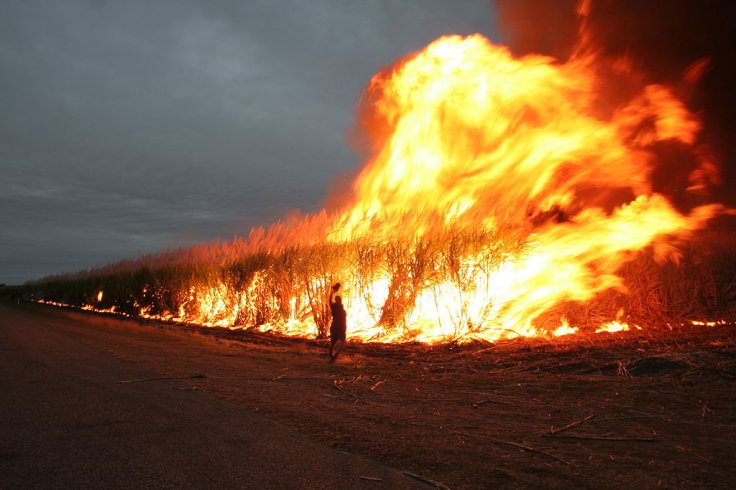The latest climate report from Australia's weather agency, the Bureau of Meteorology (BoM) revealed that the country's climate is expected to become warmer and drier, increasing the risk of drought and extreme environmental incidents such as bushfires.
As per the report, the researchers blame extreme carbon emission for the increase in heat. The report, which was jointly produced with CSIRO, the country's national science agency and released every two years, noted that much warmer weather in Australia will affect the lives and livelihoods of every inhabitant of the Oceania country.
The BoM said in the recent report that the country needs a plan for and adapt to the "changing nature of climate risk now and in the decades ahead." It also added that the one and only option is the reduction of global greenhouse gas emission which will lead to "less warming and fewer impacts in the future."

Australia Climate Change
This summer in Australia, the wildfire showed its dominance, destroying forests and homes of several animals. But Prime Minister Scott Morrison was criticized not just for his initial lax handling of the environmental crisis, but also for his unwillingness to political measures focused on mitigating climate change. However, after the disastrous event in the country, many experts believe the incident may have upgraded the threat status of dozens of species in the country, including the Koala bear.
As per the report, the climate of the country has warmed on average by 1.44 degrees Celsius since national records started in 1910. While 2019 was the warmest year for Australia, the BoM said that there are seven years, between 2013 and 2019, that ranked among the nine warmest years ever. Even the country as a whole is also reporting more "extremely warm" days with 43 reported in 2019.
The report also noted that the long-term warming trend means that most years are now warmer than almost any observed during the 20th century. "When relatively cooler years do occur, it is because natural drivers that typically cool Australia's climate, such as La Niña, act to partially offset the background warming trend," added the report.
The Coronavirus lockdowns have helped to reduce the global carbon emission initially, but its effect on climate change would be negligible, said the Australian scientists. It is because the rate of CO2 accumulation in the world atmosphere that had increased with every passing decade since atmospheric measurements began.
The scientists said that the Atmospheric CO2 continues to increase, and the fossil fuel emissions—one of the main reasons behind global warming—"will remain the principal driver of this growth throughout 2020 and likely beyond".

Pressure on Australia Government
The report comes as pressure grows on the Australian government to accelerate a solid plan that will help the country to reduce carbon emissions. However, PM Morrison had said earlier that the country aims to reach net-zero carbon emissions after 2050, while others like Hong Kong, Japan, Canada, and South Africa have set to achieve the same goal by 2050, not after that time period. Currently, Australia is also not in a position to meet its Paris Agreement target of cutting carbon emissions by at least 26 percent by 2030.
The report has also noted a decline of April to October rainfall which will increase the risk of drought and a longer-more devastating bushfire season. The oceans around the country are also warming up which is dangerous for the coral reefs as well as other marine creatures. According to the report, the seas have warmed by almost 1 degree Celsius since 1910 and acidification has also been noticed.









